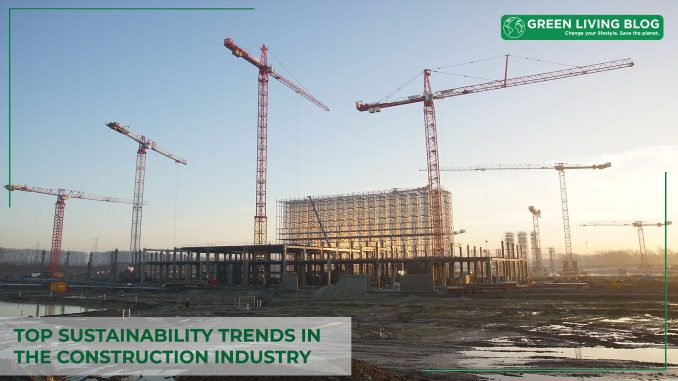
The idea of sustainability affects every industry as people become more aware of environmental issues. The construction industry in particular is poised to take advantage of sustainability methods and practices.
Construction and buildings are responsible for many global emissions. That means finding ways to reduce the carbon footprint of the construction sector and that of buildings will go a long way to achieving net zero emission goals.
These industries have already begun implementing sustainability practices into modern construction.
Here are a few examples of sustainability trends emerging in the construction industry.
1. Using Recycled and Eco-Friendly Materials
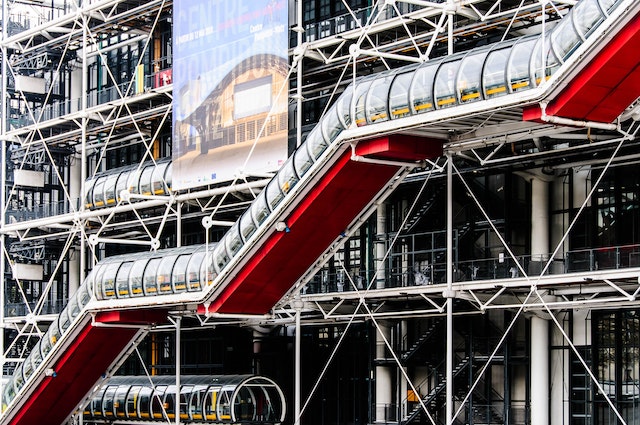
The biggest and most common sustainability trend is using environmentally friendly materials to create new buildings. Materials such as recycled steel and wood can reduce harmful emissions generated by creating those materials. And with the continued progress in recycling technology, recycled construction materials are cheaper and much easier to access than ever – allowing many construction companies to take advantage of them.
After the completion of a project, unused construction materials are often discarded into landfills. Some of these materials, such as plastic, asphalt and glass, become dangerous pollutants that threaten the environment. That’s why many companies are trying to recycle these materials to avoid increasing pollution.
Additionally, natural alternatives to construction materials, bamboo, and adobe, are gaining popularity for their sturdiness and unique aesthetic. Wool, denim, and plant-based polyurethane foam can be used as insulation material — reducing the cost and energy needed for heating and cooling.
2. Using Electric Construction Technology
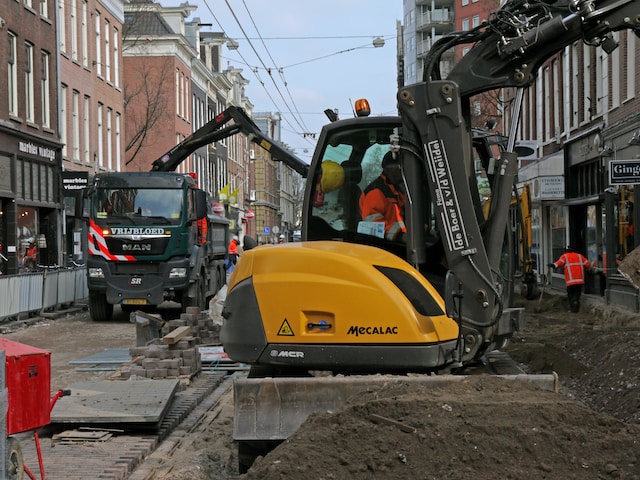
One big reason why the construction industry produces so many carbon emissions is that conventional equipment still relies on fossil fuels for power. Many extensive construction tools and vehicles typically run on gasoline and often operate for long periods.
In fact, it’s been said that the construction sector contributes greatly to the whole planet’s annual carbon emissions. Recent estimates suggest that all related activities surrounding the construction industry constitute almost a quarter of all the total carbon released to the surroundings recorded yearly.
However, some construction companies are making the push to switch to hybrid or fully electric equipment. Adopting these technologies comes with unique challenges, such as training workers in their use and proper maintenance. To assist in this transition, courses such as those offered by Carbon Training International and other reliable carbon management training organizations provide essential knowledge on carbon offsets, crucial for understanding the impact of these changes. However, the benefits of switching to electricity can outweigh the drawbacks.
Switching to hybrid or fully electric equipment will significantly reduce the emissions produced by construction projects. Electric equipment is also generally safer to operate because electric motors and power sources are less volatile than those that run on fossil fuels.
Electric equipment can also be much more intuitive than traditional equipment, with features such as a wireless operation that make them easier to use. Power sources like batteries can be swapped out quickly, increasing work efficiency and speed.
Say you own a construction company. In that case, work with a reputable tool company for top-notch electricity-powered construction tools. They can be found on construction trade shows, local construction stores, and on the internet. As a general rule, only purchase from companies that offer great returns and warranty terms and reliable customer service.
3. Environmentally Friendly Drywall
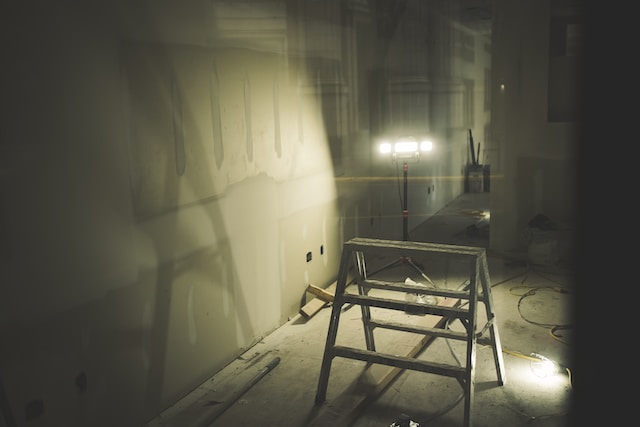
One of the newest trends in environmentally friendly construction is finding replacements for drywall. Typically used to divide space in homes, drywall contributes to much of the waste produced in building projects. Over 10% of all drywall is wasted and its decomposition can cause environmental problems.
When drywall breaks down, it releases lethal hydrogen sulfide gas that can permeate the air and be absorbed into the atmosphere. This makes decomposing drywall an extremely hazardous material — the toxic fumes it releases can travel a long distance and poison humans and animals.
Decomposing drywall can also release dangerous amounts of sulfates into the soil, killing the flora in the area. If there is a concentrated amount of drywall, these sulfates can permeate the groundwater — turning it toxic. Any humans, plants, and animals who rely on groundwater for hydration will immediately suffer from poisoning.
Greater awareness of these dangers has led to more efforts to find eco-friendly drywall alternatives and to recycle existing drywall materials. These alternatives are made from natural materials, such as agricultural byproducts, that break down safely when they decompose.
They’re just as effective as regular drywall while less dangerous. Moreover, these drywall alternatives and recycled materials use less energy and resources to manufacture, reducing carbon emissions produced.
4. Installing Energy Saving Appliances
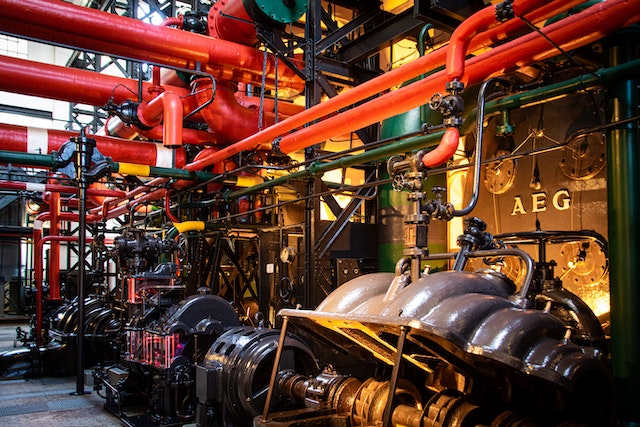
One of the most significant sources of energy consumption in buildings is appliances. From heating and cooling systems to lighting and kitchen equipment, the more devices a house has, the more energy it needs. That’s why governments have launched initiatives for companies to manufacture appliances that use energy-efficiency technology and with online resources about carbon offsets like Carbon Training International available, companies can learn how to become carbon neutral.
In the U.S., Energy Star-certified home devices and appliances use the latest technology to be more energy efficient. Energy Star certification is not limited to appliances, however. Heating and cooling systems, most of the building’s energy usage, can also implement eco-friendly technologies to increase efficiency while using less energy. If you’re a homeowner, hence, it’s a must that you check the Energy Star sticker on the home appliance you wish to buy before checking it out of the counter.
Alternatives to conventional heating and cooling systems are designed from the ground up to conserve energy. One of these alternatives is geothermal heat pumps. Also known as GeoExchange systems, geothermal heat pumps use the heat generated from the Earth to provide buildings with heating and cooling.
Using geothermal heat pumps not only reduces the carbon footprint of buildings, it can also significantly reduce energy costs. Like solar and wind power, geothermal is considered a renewable energy source that does not require burning fossil fuels. Buildings that are less reliant on the power grid reduce the amount owners pay on electricity bills. Such infrastructures are much more enticing to individuals who are looking to save money and cut down on their carbon footprint too.
Sustainability is the Future of Construction
As the field of sustainability becomes more advanced, new technologies will help decrease the harmful emissions generated by the construction industry. Electric construction equipment and eco-friendly building materials will pave the way for the future of green construction.
![]()
Author Profile

- Eco Warrior by day, Eco Blogger by night trying to get the eco balance right.
Latest entries
 Green LivingJune 30, 2025Herbal Tea for Insomnia: Your Guide to Natural, Sustainable Sleep Solutions
Green LivingJune 30, 2025Herbal Tea for Insomnia: Your Guide to Natural, Sustainable Sleep Solutions EnvironmentJune 24, 2025What are the most energy-efficient Home Upgrades in 2025?
EnvironmentJune 24, 2025What are the most energy-efficient Home Upgrades in 2025? EnvironmentJune 23, 2025Eco-Friendly Paper Straws: A Small Switch That Speaks Volumes for your Brand
EnvironmentJune 23, 2025Eco-Friendly Paper Straws: A Small Switch That Speaks Volumes for your Brand Green Expert GuidesJune 9, 2025How does Wind Turbine Component Replacement work?
Green Expert GuidesJune 9, 2025How does Wind Turbine Component Replacement work?





Leave a Reply
You must be logged in to post a comment.